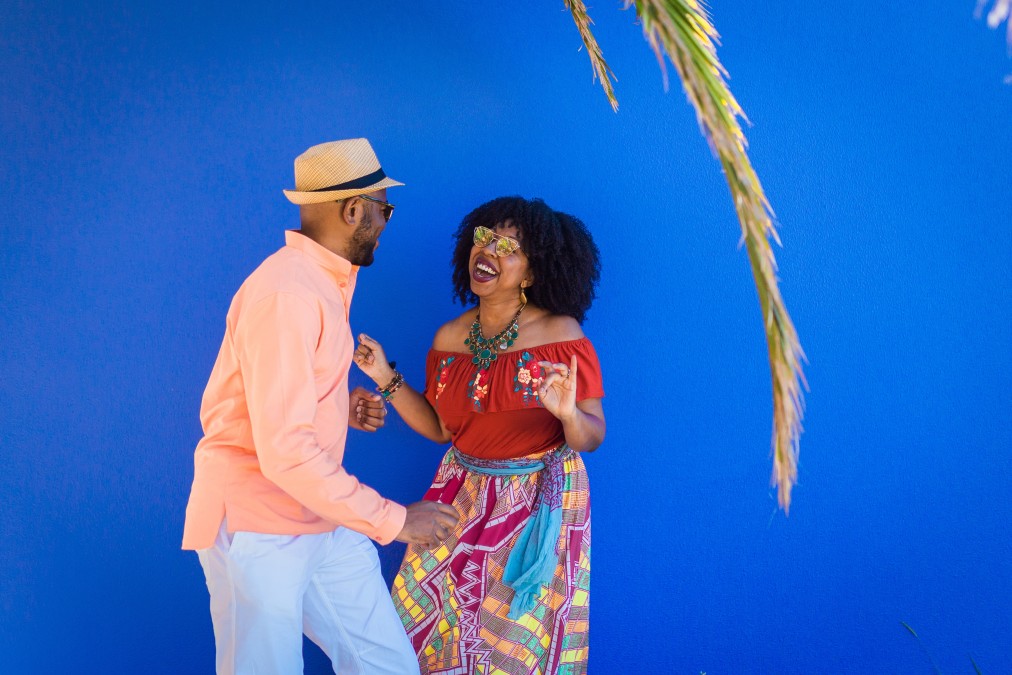Argentinians are proud of their origins of Tango and while it’s not exactly the dance craze you would think that has origins in Africa, many historians would tell you to think again.
In a country where an overwhelming majority identifies as white, and many say you have to cross the river into Uruguay to witness the influences of those from Africa, historians argue the Black minority played a major role in tango’s development during the 19th and 20th centuries.
Robert Farris Thompson, a professor of African art at Yale, explored this idea in his book: An Art History of Love.
He argues that not only are Blacks present on the Pampas and in the port city of Buenos Aires, but their influence has been disproportionate to their numbers. He says the origins of tango are Black, via Kongo culture imported from Central Africa and Cuba.
Tango, “the fabulous dance of the past hundred years,” started life as a creole: “the Kongo grind, caught in a waltz-like embrace,” he writes.
For critics, it’s a paradox because there are no drums in Tango, an instrument important to African dancing.
But Thompson says “don’t be fooled,” as Black musicians implemented percussive tactics in the way the strings and bandoneons are played, and special effects like “arrastres,” that pump up dancers.
It’s the same topic explored in the 2015 documentary: “Tango Negro: The African Roots of Tango,” which describes Tango as hybrid music created around the La Plata River in Buenos Aires and Montevideo during the 19th centuries.
The film directed by Dom Pedro, takes viewers on the journey of describing how tango has a heavy sub-Saharan African influence born along La Rio Plata or The Rio River.
According to interviews with historians as well as musicologists, slaves brought the music to Argentina and Uruguay introduced the beats that underlie the rhythm.





